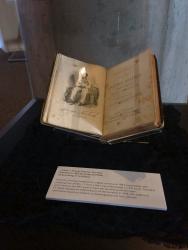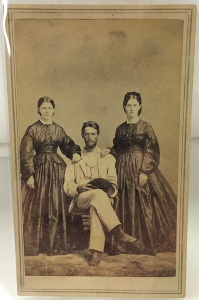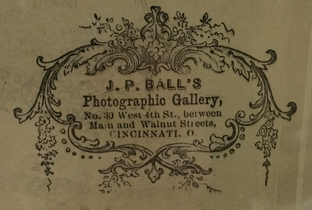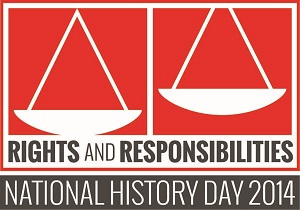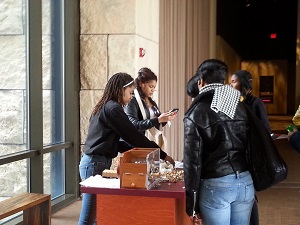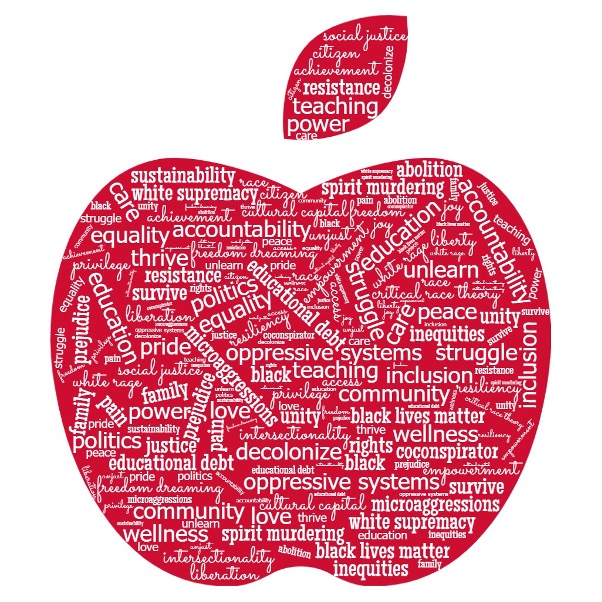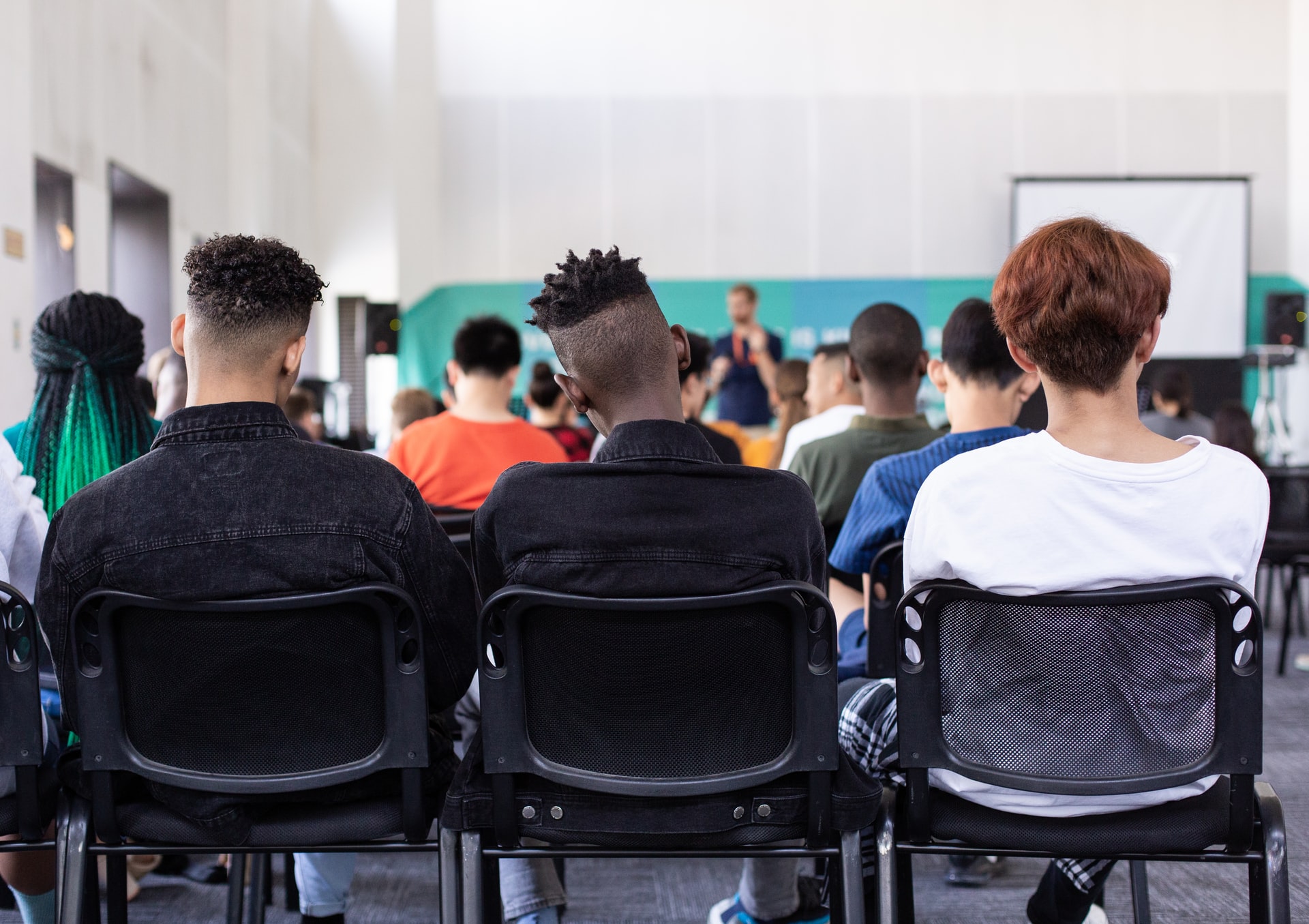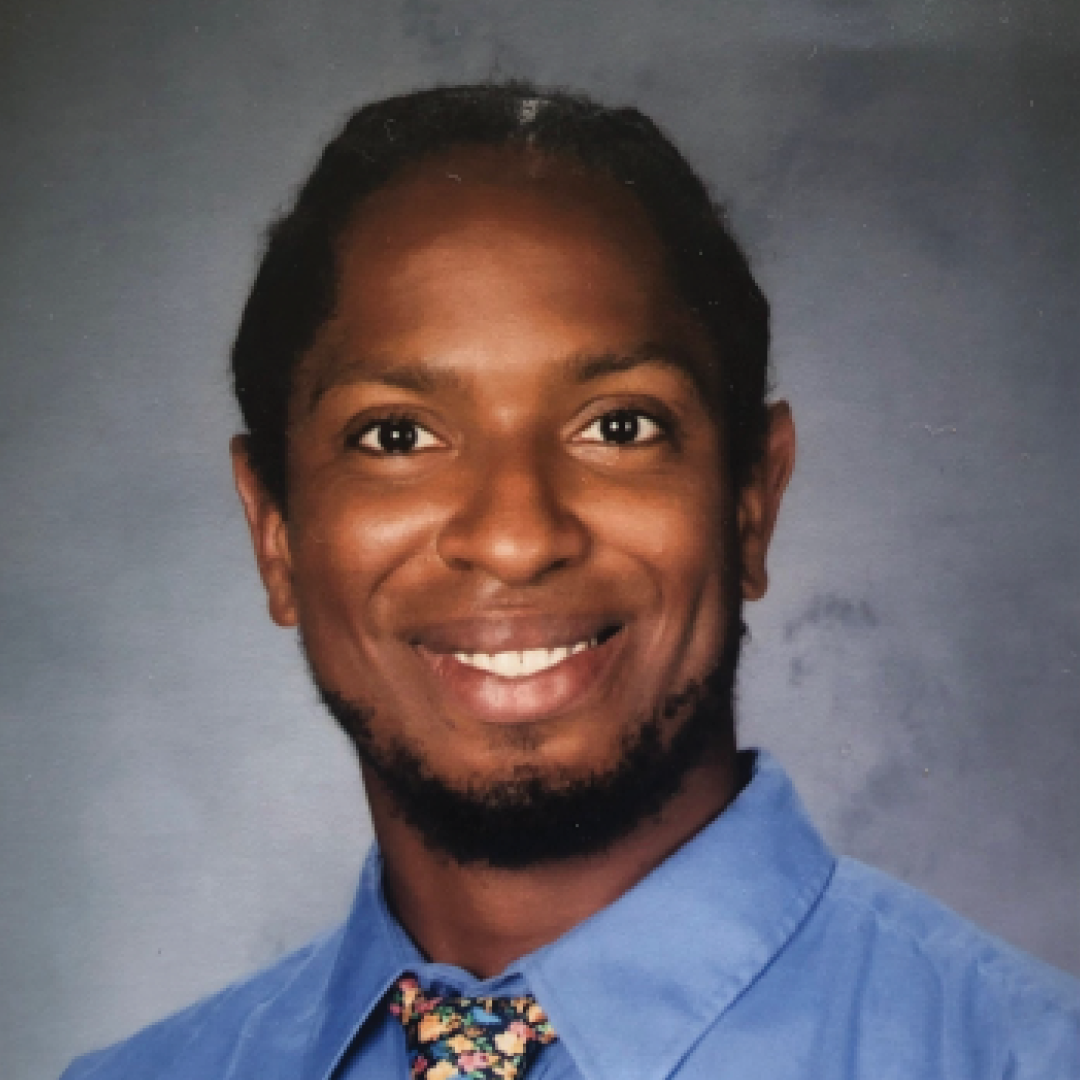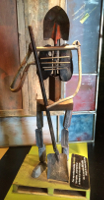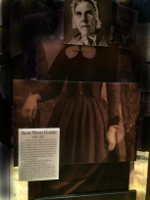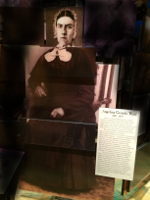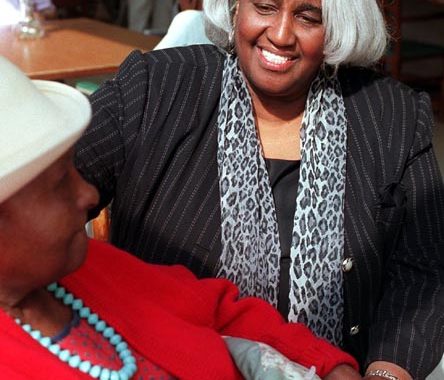"We have abolished the slave, but the master remains."
On April 3, Director of National Strategic Initiatives Luke Blocher took part in a panel discussion on modern slavery as part of the opening ceremonies of the new Mayerson JCC exhibition, When Slavery Hits Home: Not Just History But Here and Now. Blocher delivered the following remarks preceeding the event:
"I was on the beach in the Outer Banks of NC earlier this week, thinking about what I would say tonight. I was distracted, though, by two troubling realizations. First, that it was actually much colder there than it was here, but much more importantly, that I had quite ignorantly, and embarrassingly as a native Cincinnatian, scheduled a vacation to overlap with Opening Day. Like many things, though, my 15 month old daughter helped me find focus.
In this instance, attempting to explain the Atlantic Ocean – which was of course really a conversation with myself – its vastness, its permanence, I was reminded, believe it or not, of slavery.
Now, despite what this may project, I don’t walk around with slavery on the brain all day long. Yet, it is impossible to engage in this work and not be struck by the scale, scope, and dogged persistence of the problem. So I figured that was a good way to structure this talk.
First, then, a word on scale and scope.
The latest and most credible study on the subject, the Global Slavery Index by the Walk Free Foundation, estimates there are 29.8 Million people in some form of modern slavery. The International Labor Organization puts it at 21 Million. These are the conservative estimates.
Modern Slavery is often referred to by the bureaucratic term “human trafficking”, which can lead people to believe cross-border movement is an essential element of the crime. The working definition of modern slavery most commonly used is actually much simpler: one person forcing another to work, commercially or sexually, against their will and for the profit and benefit of another.
Most of the anti-slavery field today further breaks this definition into 5 categories, which form the organizing principle for the Freedom Center’s permanent exhibit “Invisible: Slavery Today”:
Forced Labor, which is most like our historic American slavery - coerced, usually physically, and without pay; its close cousin Bonded or Debt Labor, which is made to look like an employment agreement, but one where the worker starts with a debt he or she must work to repay – usually in brutal, forced labor conditions – only to find that repayment is impossible and therefore permanent; Sex Slavery, in which women and girls, and sometimes men, are forced to work in the commercial sex industry against their will; Domestic Servitude, where the seemingly normal practice of live-in help is used as cover for the exploitation and control of someone, usually from another country; and Forced Child Labor, which exhibits elements of the other forms in the special context of children, many of whom have been sold by their own parents.
Almost half of these modern slaves can be found on the Indian sub-continent, where a toxic combination of extreme poverty, over-population, official corruption, and gender and caste-based discrimination has left 12-14 Million of that region’s poorest in some form of bonded labor, with another 1 Million +, conservatively, trapped in the Sex Industry. Another 3 million can be found in China; a half million more in Russia. On a per capita basis, Mauritania, Haiti, Nepal, Moldova, and Benin join India at the top of the charts.
But this is not a problem limited to the developing world or places we may associate with oppressive governments.
There are annually tens of thousands of men and women trafficked into the US and Western Europe under the false pretense of a job or educational opportunity, and then forced into both the commercial sex industry and the agricultural, construction, and hospitality industries. A fate they share with natives of each of those countries, as well.
Nor is this a problem that any of us can plausibly say does not touch our lives. There is slavery in the goods we buy and the foods we eat. Documented slavery in the material mining that goes into much of our electronics and things like makeup; documented slavery in the global seafood industry; documented slavery in the harvesting of palm oil and other cooking essentials. And the list goes on. I would encourage you to visit slaveryfootprint.org to learn more, as I know you can at kiosks in the exhibit.
How does this happen? In our world, today? The business is based on exploiting vulnerability – whether it be economic, social, or emotional – to meet a seemingly insatiable demand for cheap goods and cheap sex. It is conducted by organized - crime syndicates and solo practitioners alike.
And business is good. By all accounts, slavery is now the world’s 2nd largest criminal enterprise, at an estimated $32B/yr, behind only drug trafficking.
This financial incentive is, I believe, the key to understanding our second topic: slavery’s persistence.
Nothing I’ve seen better explains this notion than the simple remarks of radical abolitionist Wendell Phillips on the passage of the 13th Amendment:
“We have abolished the slave, but the master remains.”
The desire for slave labor did not start with the Transatlantic and American domestic slave trades. Nor did it end with their 19th century legal demise.
The histories of every part of the world are filled with references to slavery and forced labor. And important recent books like “Slavery by Another Name” make clear that slavery in effect, if not legal form, picked right back up in the former Confederacy shortly after Reconstruction ended.
The truth of this insight can be seen in the lives of the two men featured in the exhibit you are here to see tonight. 19th Century American Solomon Northup and 21st Century Cambodian Prum Vannak lived 150 years and half a world apart, yet both were kidnapped by people they thought were offering them jobs, and later sold into slavery for many years.
When we start to look, we see this story repeats elsewhere: whether it is young girls in a Bangladeshi village, lured by the promise of a better life in India; or the Haitian man crossing in to the sugar fields of the Dominican Republic in hopes of work that will bring dignity and security.
The constant here – and this is important – is the slaver, not the slave. In the beautiful film 12 Years a Slave, you saw the newly kidnapped Solomon beaten physically and psychologically, in an effort to force him to accept his new identity as a slave. On a recent panel I shared with the film’s Director Steve McQueen, Brad Myles of the Polaris Project, the leading anti-slavery organization with an American focus, pointed out that the film could be a field manual for the various methods of control he encounters regularly in his work with the survivors of modern slavery. What we see being done to Solomon happens today in Mumbai and Thailand, just as it does in Texas, and in Ohio.
We have abolished the slave, but the master remains.
I chose the word persistence to describe this concept because it insists on some sort of response. Usually you’re describing something as persistent because, like my young daughter’s frustrated wailing, it’s something you can’t ignore. But for far too long, that is just what we have done. We’ve chosen to believe the triumphant and comforting narrative that we ended slavery once and for all 150 years ago.
Wendell Phillips, along with Thomas Jefferson, is sometimes credited with another saying that more accurately describes reality: “Eternal vigilance is the price of liberty”
This should be our mindset, and the good news is there are a large and growing number of modern abolitionists already there. Pioneers like Free the Slaves, International Justice Mission, and the Polaris Project are now being joined by Heads of State, Multinational Corporations, and religious leaders. Indeed, just a few weeks ago, the Pope, the ArchBishop of Canterbury, and the Grand Imam of Al-Azhar University in Cairo announced the formation of an historic interfaith alliance against slavery called the Global Freedom Network.
This is progress, but not success. Eternal vigilance remains our obligation.
Or, in the words of the Talmudic Proverb my friend and mentor John Pepper often repeats in our work at the Freedom Center: “you are not required to complete the work, but neither are you permitted to desist from it." "
-Luke Blocher, Director of National Strategic Initiatives
